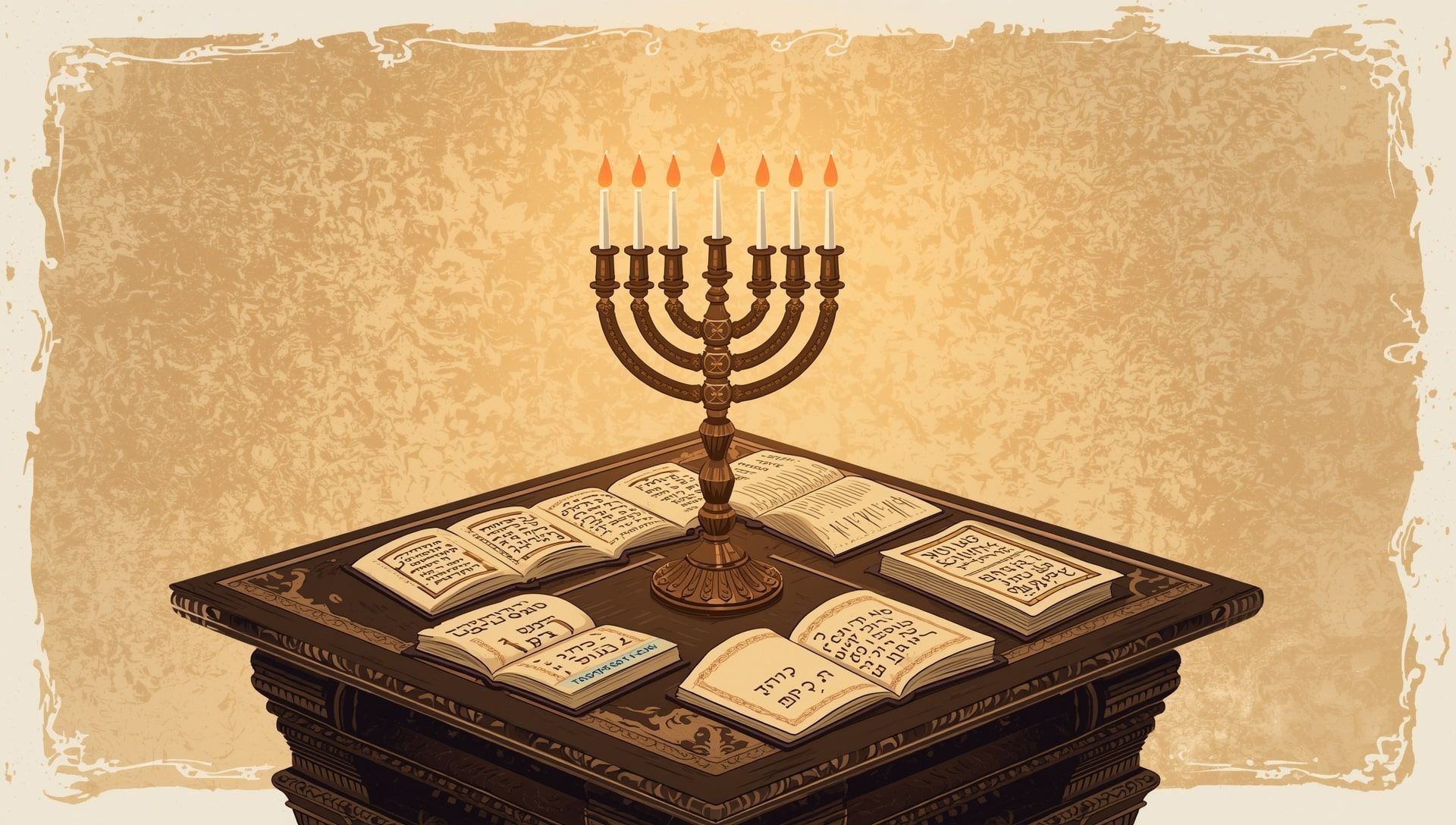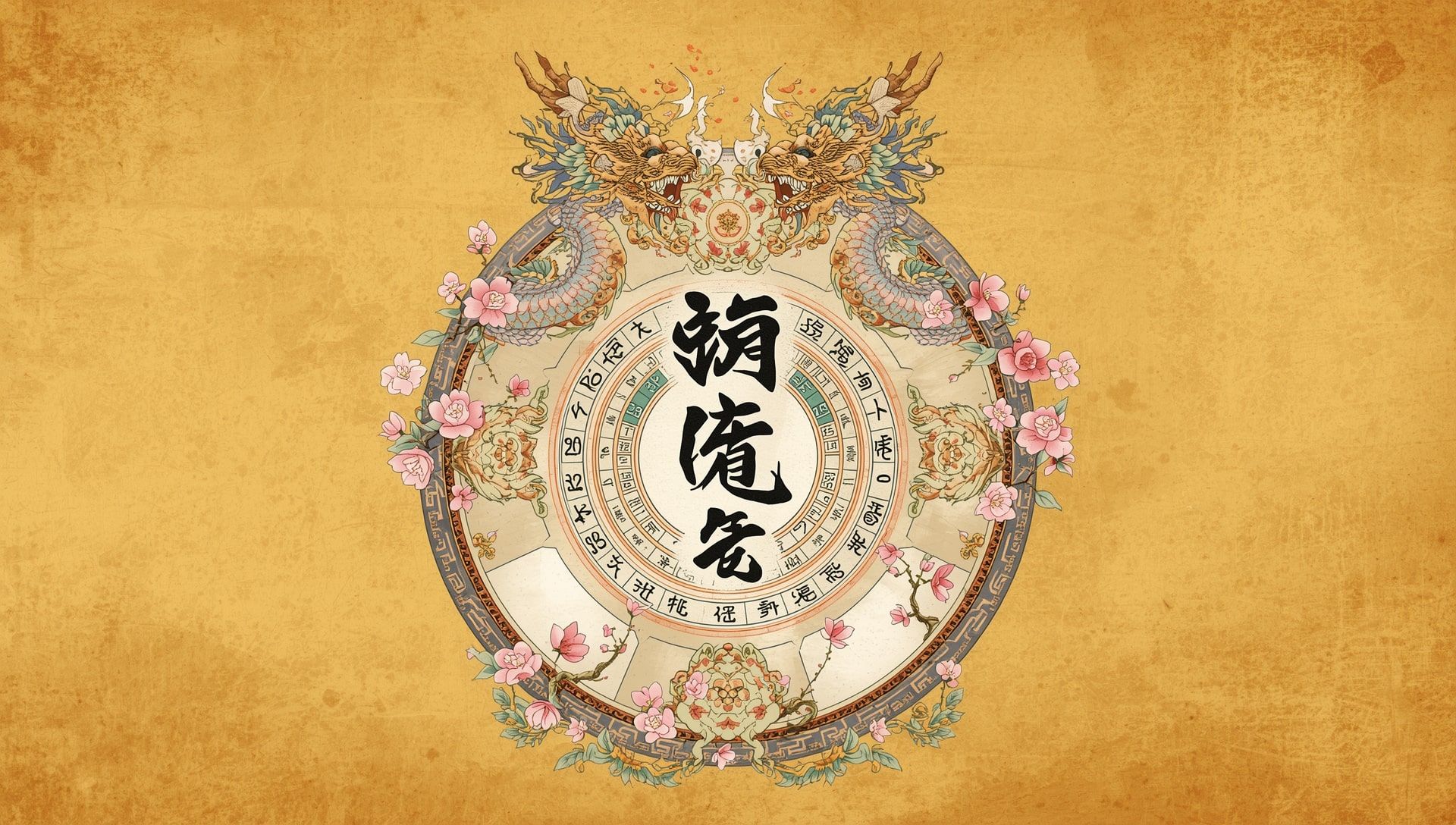Every person gets the same seven days each week, but not everyone uses them well. Some people glide through their calendar with calm precision while others feel buried under reminders and missed deadlines. The difference often lies in how that week is structured. A calendar is more than a tool for keeping appointments, it’s a system for directing energy and time toward what matters most.
Using your calendar intentionally helps turn chaos into clarity. A well-organized weekly schedule keeps you focused, balances effort and rest, and transforms how you approach time and productivity.
Why the Calendar Is the Heart of Productivity
Productivity isn’t about doing more tasks, it’s about managing when and how you do them. The calendar acts as your control panel for time. It holds the structure that connects your plans, habits, and priorities. Without it, even the best to-do list becomes a storm of disconnected goals.
When you use a calendar well, it stops being a record of things to do and becomes a visual map of your week. You see where your time goes, when your energy peaks, and how you can shape your days more intentionally. A clear calendar doesn’t restrict you, it frees you to focus on what truly moves you forward.
The Foundation: Setting Weekly Intentions
Before scheduling a single meeting or task, start with clarity. Ask yourself what kind of week you want to create. Setting weekly intentions gives your calendar direction instead of just decoration. This small step turns planning into purpose.
Write down your top three priorities for the week. These can be personal or professional, but they should define success in realistic terms. For example:
- Finish drafting the new project proposal.
- Exercise three times and sleep at least seven hours nightly.
- Spend an uninterrupted evening with family or friends.
Once your goals are defined, everything that goes on your calendar should serve them. If it doesn’t, it probably doesn’t belong there this week. You might even align your priorities with your time zone to make collaboration smoother with others across regions.
Research shows that planning your week in advance can increase task completion rates by up to 30 percent. Scheduling reduces decision fatigue and keeps focus steady throughout the week.
Breaking Down the Week for Better Focus
A week feels long enough to make progress but short enough to stay accountable. Dividing it into clear zones helps create natural focus cycles. Think of it as time budgeting for your brain.
| Day | Focus Area | Purpose |
|---|---|---|
| Monday | Planning and setup | Set priorities, confirm meetings, and organize tasks. |
| Tuesday | Deep work | Handle the most demanding creative or strategic tasks. |
| Wednesday | Midweek review | Assess progress and adjust plans if needed. |
| Thursday | Collaboration | Hold meetings or teamwork sessions while energy remains high. |
| Friday | Wrap-up and planning ahead | Finish lingering tasks, reflect, and prepare for next week. |
This layout is flexible. The goal is not perfection but rhythm. By giving each day a theme, you minimize context switching and keep momentum through the week.
Time Blocking: Your Secret Weapon
Once you’ve chosen daily focuses, the next step is time blocking. This method assigns chunks of time on your calendar to specific activities. Instead of keeping a vague list, you assign real hours to tasks. This prevents overloading your day and shows exactly how much time you have left for rest or reflection.
- Start with fixed commitments: Add meetings, classes, and appointments that can’t move.
- Add deep work sessions: Schedule two or three uninterrupted blocks for focused projects.
- Include personal time: Mark meals, exercise, and rest just like meetings. Protect them equally.
- Leave open space: Unplanned time lets you catch up or think creatively.
- Review daily: Adjust as life changes. A good plan stays flexible.
Seeing your week visually makes trade-offs clear. If something new comes up, you can move a block instead of cramming more into an already full day.
Use color coding in your calendar. For example, blue for meetings, green for personal time, and red for deadlines. A glance tells you how balanced your week really is. You can even sync this approach with your time zone converter when working globally.
How to Sync Energy With Time
Not all hours are equal. Most people have predictable energy peaks and valleys each day. The secret to productivity lies in aligning high-energy periods with demanding tasks and saving low-energy times for simple work.
Track your natural rhythm for one week. Note when you feel focused, distracted, or tired. Then shape your schedule accordingly. Mornings might be best for deep thinking, afternoons for meetings, and evenings for rest or reflection. Aligning effort with energy reduces burnout and improves consistency. Consider how daylight changes may also influence your alertness and performance across seasons.
Using Technology to Reinforce Structure
Modern digital calendars are powerful allies when used wisely. Tools like Google Calendar, Outlook, or Apple Calendar let you automate reminders, sync across devices, and share schedules with teams or family members. Yet too many notifications can become noise, so keep automation purposeful.
- Use recurring events for habits like workouts or weekly reviews.
- Set gentle reminders 10 minutes before meetings, not constant alerts.
- Integrate your task app with your calendar so deadlines appear visually.
- Share select calendars with partners or teams for transparency and fewer scheduling conflicts.
Your calendar becomes a central hub rather than a list of pop-up alarms. It’s a live, visual representation of your priorities and time commitments. For visual learners, referencing a time zone map can make global scheduling even easier.
Protecting the Edges of Your Week
How you start and end the week determines how smoothly the middle flows. Many people rush into Monday unprepared and stumble into Friday with loose ends. Creating small rituals at both ends of the week can change everything.
- Sunday evening reset: Review last week, set three priorities for the new one, and block time accordingly.
- Friday wrap-up: Spend the last 30 minutes reviewing accomplishments, clearing emails, and noting next steps.
These short sessions keep your calendar clean and your mind calm. They transform your week into a repeating cycle of progress instead of a scramble to catch up. You can even pair this ritual with checking your world clock if you coordinate across regions.
The Calendar and the Mind
A well-organized schedule doesn’t only boost efficiency, it supports mental clarity. Knowing what’s next prevents decision fatigue. Seeing rest on your calendar reminds you that downtime is part of productivity. The visual nature of calendars also helps train your brain to think in blocks of focused effort instead of endless multitasking.
Each entry on your calendar represents a promise to yourself. Over time, these promises build discipline and trust in your own system. You begin to rely less on memory and more on design, freeing mental energy for creativity and problem solving. Just as the seven-day week has structured human life for centuries, your personal schedule shapes your daily flow.
- The most productive people schedule 60 to 70 percent of their day, leaving the rest open for flexibility.
- Time blocking can reduce procrastination by up to 40 percent when followed consistently.
- Digital calendars with color coding improve recall and reduce missed appointments by nearly 25 percent.
- Weekly reviews reinforce goals more effectively than daily task lists alone.
Keeping Balance Inside the Calendar
True productivity isn’t about working nonstop. It’s about designing a week that includes both focus and freedom. Your calendar should reflect your whole life, not just your job. Include family time, exercise, meals, and creative breaks. This balance prevents burnout and helps you sustain long-term results.
Think of the calendar as a mirror of your values. If it’s filled only with work, the reflection may not match the life you want. Adjust until it represents who you are and where you’re going; perhaps drawing inspiration from different calendar systems that value balance in unique ways.
How to Maintain the Habit
Consistency matters more than complexity. A simple, well-maintained calendar beats a fancy one that’s abandoned after a week. Choose one platform, review it daily, and trust it completely. Make it your single source of truth for commitments.
Set aside time each week for upkeep. Add new tasks, delete old ones, and check if your time still matches your goals. The more regularly you maintain it, the more natural it feels. Over time, your calendar becomes not just a planner but a reflection of disciplined living. You might also keep track of holidays to plan rest and travel effectively.
Living Your Week With Intention
Every square on your calendar holds a choice. Each hour spent with purpose strengthens the connection between your time and your values. A well-organized week is not about perfection but alignment. You design how your life unfolds, one scheduled block at a time.
The calendar has been with humanity for thousands of years because it does more than measure time, it helps shape it. By organizing your week around what matters most, you aren’t just filling boxes, you’re crafting a life that fits the rhythm of your goals and your energy; just as ancient systems like the lunar and solar calendars once shaped civilizations’ sense of time.









